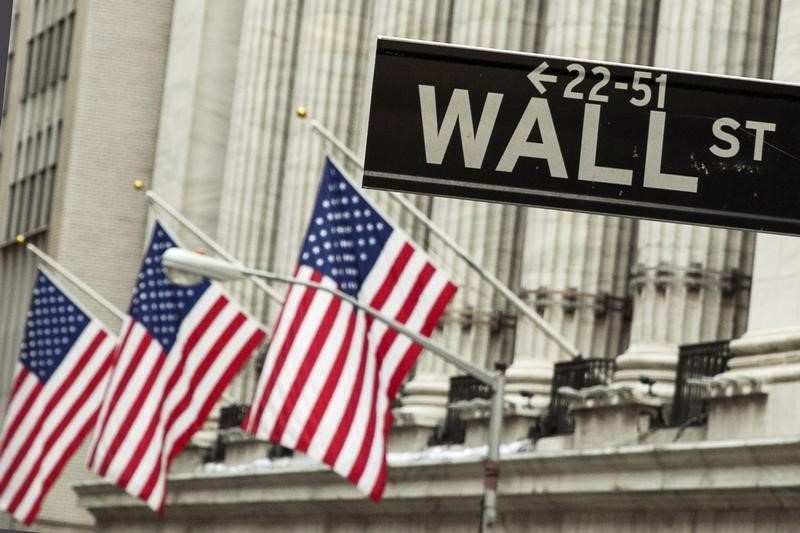Here are the top 5 things you need to know in the markets on Monday, April 8
1. Wall Street Set to Open Lower
Wall Street is set to open the week in cautious fashion, consolidating after last week’s gains. At 05:30 AM ET, the S&P 500 futures contract was down 4.6 points or 0.2%, the Dow futures contract was down 57 points, or 0.2%, while the tech-heavy Nasdaq 100 contract was down 14 points, also a drop of 0.2%.
After a weekend without clear progress on U.S.-China trade talks (beyond the usual spin), the market will be looking to the start of earnings season with trepidation, as a quarter of mostly weaker-than-expected economic data find their expression in individual earnings stories.
Overnight, Asian markets closed broadly lower, with sentiment not helped by reports of a rise in bad loans at Chinese lenders and a three-year low in Japanese household confidence. European markets also opened lower, as weaker-than-expected German trade data for February added another verse to a first quarter that has been a chapter of woe.
2. Bonds Steady After Payrolls
The domestic data calendar is light, with factory goods orders at 10 AM ET (14:00 GMT). The consensus forecast is for a 0.5% drop in orders in March, after a 0.1% increase in February.
Bond markets have steadied in the wake of a broadly positive labor market report on Friday that showed job growth ahead of expectations and wage pressures easing slightly. The 10-year Treasury bond yield is – just – back below 2.50%, amid rising expectations that the Federal Reserve may cut interest rates later this year.
The Fed is under pressure from President Donald Trump to cut rates and restart its bond-buying program. It could come under pressure from other parts of Washington later this week as the spring meeting of the International Monetary Fund and World Bank begin. The IMF’s update of its World Economic Outlook is likely to reflect downgraded growth forecasts across the world.
3. Oil at New Highs on Libya Turmoil
Crude oil prices hit another new high for the year after signs of rising violence in OPEC member Libya, stoking fears that the war-torn country could be in for yet another spell of export disruptions.
The benchmark WTI futures contract hit a five-month high of $63.53 a barrel earlier. It has held that level, more or less, in the wake of comments by Saudi Oil Minister Khalid al-Falih that global oil stocks are still clearly above their five-year average, hinting at a desire to extend the current “OPEC+” deal on output restraint past June.
Al-Falih also said that orders for the debut bond of Saudi Aramco have probably topped $30 billion, a bid-to-cover ratio of over 3.
4. Brexit Deadline Looms
OK, this week really IS crunch time for Brexit. As it stands, the U.K. is due to crash out of the EU without any transitional arrangements in place on Friday at midnight in Brussels.
It shouldn’t come to that, though. U.K. Prime Minister Theresa May has already requested a further deadline extension to June 30, and some in the EU want an even longer one – something that would give time for a thorough rethink on future relations.
May signalled at the weekend that she had given up trying to get parliament to approve her Withdrawal Agreement. However, her talks with the opposition Labour Party over the weekend, which aimed at finding a cross-party solution (or, cynics said, someone to share the blame with) have yielded nothing.
5. Pinterest to Start Marketing for IPO
After Lyft 's (NASDAQ:LYFT) bumpy first week as a public company, the owners of image-sharing site Pinterest (NYSE:PINS) appear to be taking a cautious approach to their company’s IPO.
The Wall Street Journal reported that marketing for the shares will begin this week at a range below where the company last sold stock to pre-IPO investors. The last funding round sold stock at $21.54, giving Pinterest a valuation of $12 billion.
Pinterest is the second big tech IPO of the year after Lyft. Although the ride-hailing company ended its first week above its IPO price, the volatility of last week was a clear reminder of the risks involved in bringing unprofitable startups to market at eight-digit valuations.
